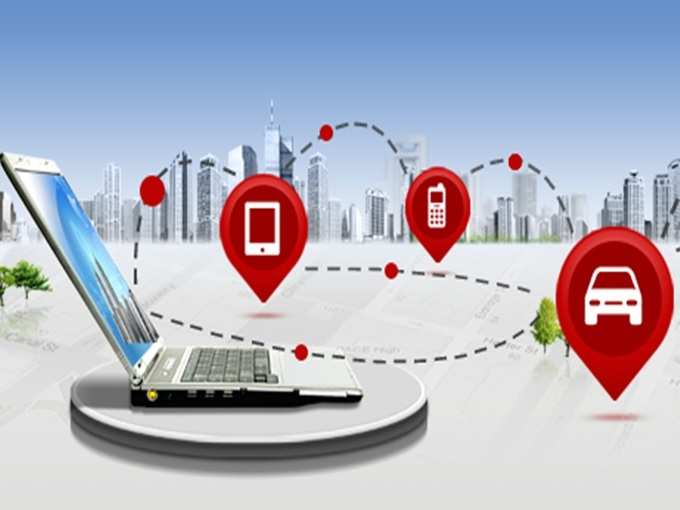
The smart era that we live in and the vision of a digital India that each one of the 1.2 billion people share in India, calls for use of multiple technologies. While many are already being used, we just need to expand their use rather than
reinventing the wheel. One such area with very significant impact on businesses, consumers and our lives as a whole is Machine-to-Machine (
M2M communication is a vital key to creating a digital infrastructure in any country and enable digital delivery of services, while bringing in significant efficiencies in our daily lives.
The benefits of M2M have been few as the deployment has either been limited to pilots or a few pockets. And for this, we need to expand and scale the use of M2M.
In simple terms M2M is much like people-to-people conversations and use of data services via mobile devices that we take for granted today. Now, the same telecom networks are being used to help machines talk to each other.
So the electricity meter at your home automatically sends power consumed data to the utility office to generate a bill. Or chips embedded in thousands of mobile towers across the country relay information to telco offices about diesel consumption (that run the towers), any leakages or faults with the tower so relevant teams are alerted for actions to be taken — fix a leak or replenish diesel. Or in yet another scenario, a bus sends information on empty seats to a ticker at the bus stop on how many seats are empty, helping commuters at the bus stop to decide whether to board the bus or not!
All the above mentioned things take place without any manual intervention—and via machines talking to each other. The machines — be it electric meters, mobile towers or seats in a bus — are embedded with Subscriber Identity Module (SIM; in case of GSM networks) cards. The machines use mobile towers to exchange data at pre-set time — it could be once a month for applications like billing, or real time for applications like seats in a bus. Several M2M technologies also use short range networks like WiFi.
There are many distinct areas where machines have used using M2M to emerge as subscribers to telecom networks. One is power, where SIM-based meter readers will send alerts to suppliers on power thefts and to subscribers on their consumption as well as when bills are due for payment. The second is transport and telematics, where M2M devices will be used for tracking vehicles, checking fuel consumption, routes taken by driver and to diagnose engine as well.
The third segment is handheld point of sales systems, which can be used for remote banking. Such systems are already in use and this will only expand as it helps in bringing banks closer to the unbanked population.
Another area is telemetry, which includes everything else you may want to monitor remotely. For example, a blood pressure (BP) monitor can be embedded with a SIM card to relay information about health of chronic BP patients to doctors over telecom networks. Basically, M2M will improve efficiencies in the system and it will be live, 24X7. For telcos, this could be a new revenue stream which will emerge as a significant business in future.
The applications of M2M are really vast and often it’s limited by imagination. Come to think of it, M2M can be vital for smart cars and smart cities. For instance, there is lot of buzz around concepts like the connected car. In such a scenario, Internet-enabled cars communication is the key. In case of emergencies like accidents, machines can bring assistance to the passengers even if they are unable to communicate their situation. For instance: The car may then send a signal to the nearest hospital and police station so that the passengers may get some help in the time of emergency. Also, under the car’s hood, the connected parts relay information about faults to the dashboard. And this makes the driver informed about the car performance all the time. All this is a combination of M2M using short range and long range wireless technologies.
M2M will not only make devices smarter, but the data, which is continuously gathered, will be vital to develop and improve future products as well. This is the right time to build and scale M2M applications as 4G networks that are currently being deployed, offer high speeds, security and ideally suited for data exchanges.
(About the author: Nigel Eastwood is the Group CEO at NewCall Telecom.)
(Image: dev.blog.contus.com)
